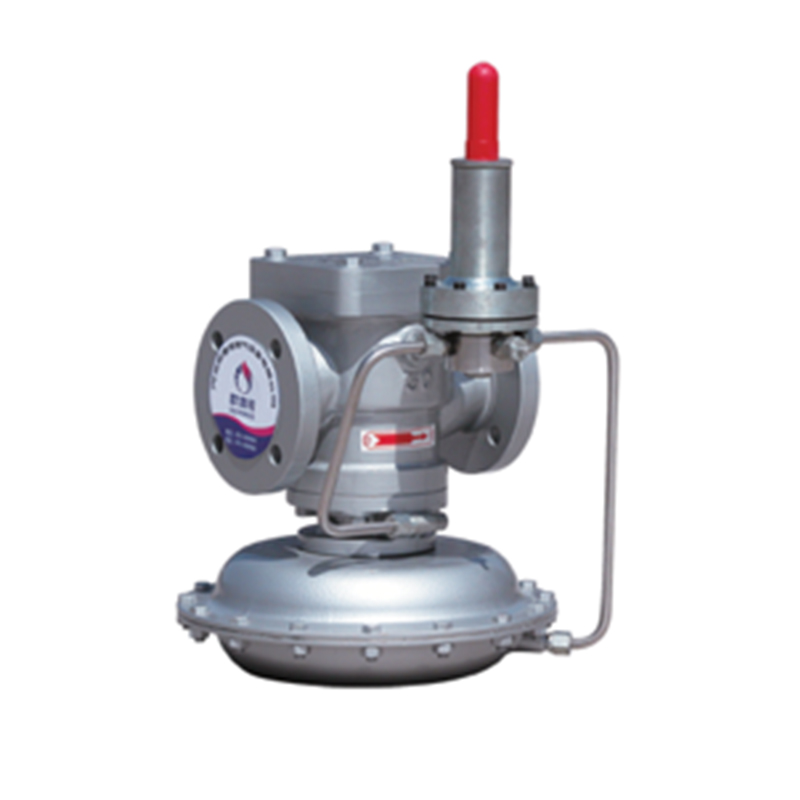
Dec . 12, 2024 10:38
Back to list
غاز البترول المسال
Understanding Liquefied Petroleum Gas (LPG)
Liquefied Petroleum Gas (LPG) is a versatile and increasingly popular energy source used globally for various purposes, such as heating, cooking, and fuel for vehicles. Comprising mainly propane and butane, LPG is derived during the refining of crude oil and through the processing of natural gas. Its properties and benefits make it an essential component in the modern energy landscape, playing a significant role in both residential and industrial sectors.
Composition and Production
LPG is primarily made up of two hydrocarbons propane (C3H8) and butane (C4H10). The specific composition can vary depending on the source and processing method. During the refining of crude oil, lighter hydrocarbons are separated, while natural gas processing captures LPG as a byproduct. It's worth noting that LPG is stored under pressure, allowing it to liquefy, which makes transportation and storage more efficient. This property also contributes to its versatility, as it can be easily transported in cylinders, tankers, or pipelines.
Applications of LPG
The applications of LPG are vast and varied. In residential settings, it is commonly used for cooking, heating water, and powering appliances. Many households rely on LPG for cooking, especially in areas where natural gas pipelines are not readily available. Additionally, LPG is widely used in rural and remote areas for electricity generation and has become increasingly popular in developing countries for its affordability and accessibility.
.
Furthermore, LPG is gaining traction as a cleaner alternative to traditional fossil fuels in the transportation sector. Many vehicles can run on LPG, which emits fewer harmful pollutants compared to gasoline and diesel. This shift is particularly relevant in urban areas, where air quality is a significant concern.
غاز البترول المسال

Environmental Benefits
One of the major advantages of LPG is its lower environmental impact compared to other fossil fuels. When combusted, LPG produces significantly fewer carbon emissions than coal or oil, contributing to improved air quality. Moreover, LPG is considered a more environmentally friendly option because it emits lower levels of particulates and other harmful substances. As countries strive to meet their climate goals, LPG has emerged as a transitional fuel towards cleaner energy solutions.
Furthermore, LPG's efficient combustion properties mean that it utilizes more of the energy content in the fuel than many other sources. This efficiency leads to less fuel being required to produce the same amount of energy, reducing overall fuel consumption and emissions.
Economic Impact
The economic implications of LPG usage are profound. In many regions, it provides a cost-effective energy solution, particularly for households and small businesses. The availability of LPG can stimulate local economies by providing energy for entrepreneurship and small-scale industries. Moreover, the development of an LPG infrastructure creates job opportunities in transportation, storage, and distribution sectors.
As global energy demands continue to rise, LPG stands out as a promising energy source. It can play an integral role in energy diversification strategies, allowing countries to reduce dependence on single fossil fuel sources and integrating more renewable energy into their mix.
Conclusion
In conclusion, Liquefied Petroleum Gas is a valuable resource with numerous applications across residential, industrial, and transportation sectors. Its composition, environmental benefits, and economic implications make it an essential component in the transition towards a more sustainable energy future. As technology advances and alternative energy sources become more prevalent, LPG is poised to continue its relevance in the global energy market. By leveraging its unique advantages, countries can enhance energy security, promote economic growth, and protect the environment simultaneously. As we navigate the complexities of energy consumption and production, LPG remains a vital piece of the puzzle.
Next:
Latest news
-
Safety Valve Spring-Loaded Design Overpressure ProtectionNewsJul.25,2025
-
Precision Voltage Regulator AC5 Accuracy Grade PerformanceNewsJul.25,2025
-
Natural Gas Pressure Regulating Skid Industrial Pipeline ApplicationsNewsJul.25,2025
-
Natural Gas Filter Stainless Steel Mesh Element DesignNewsJul.25,2025
-
Gas Pressure Regulator Valve Direct-Acting Spring-Loaded DesignNewsJul.25,2025
-
Decompression Equipment Multi-Stage Heat Exchange System DesignNewsJul.25,2025

